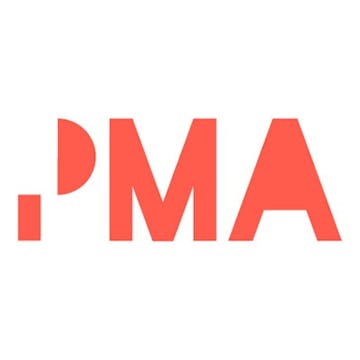
 PMA sales playbook template
PMA sales playbook template
PMA sales playbook template
Use this sales playbook template for sales reps to follow a specific process when selling to prospects.
1. Company overview
2. Product portfolio
3. Market insights
4. Buyer personas or ideal customer profiles
5. Sales methodology
6. Sales cadence
7. Tech stack guidelines and best practice
8. Compensation plan and commission structure
9. Messaging
10. Supporting content and resources
11. KPIs
12. Examples of ‘good performance’
Want to print your doc?
This is not the way.
This is not the way.

Try clicking the ⋯ next to your doc name or using a keyboard shortcut (
CtrlP
) instead.